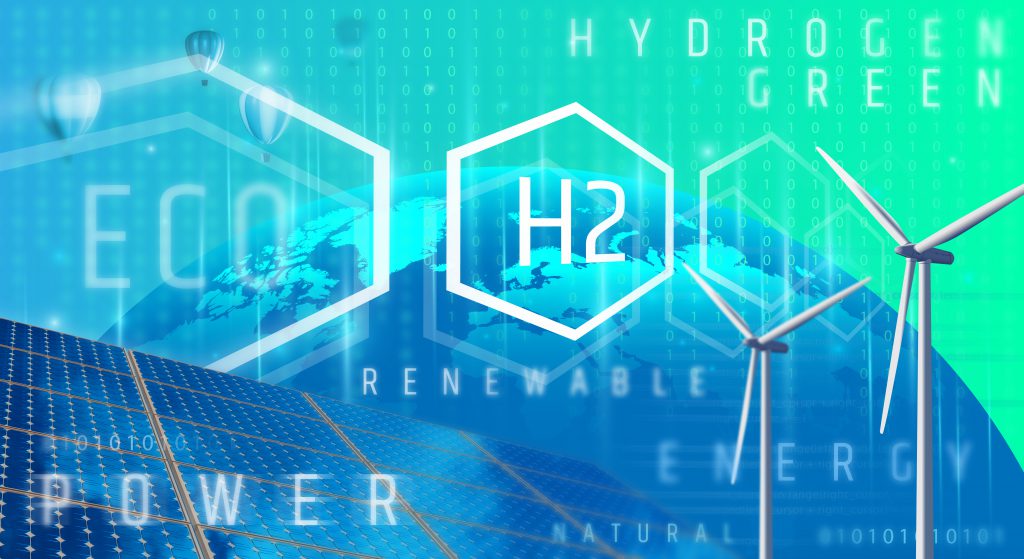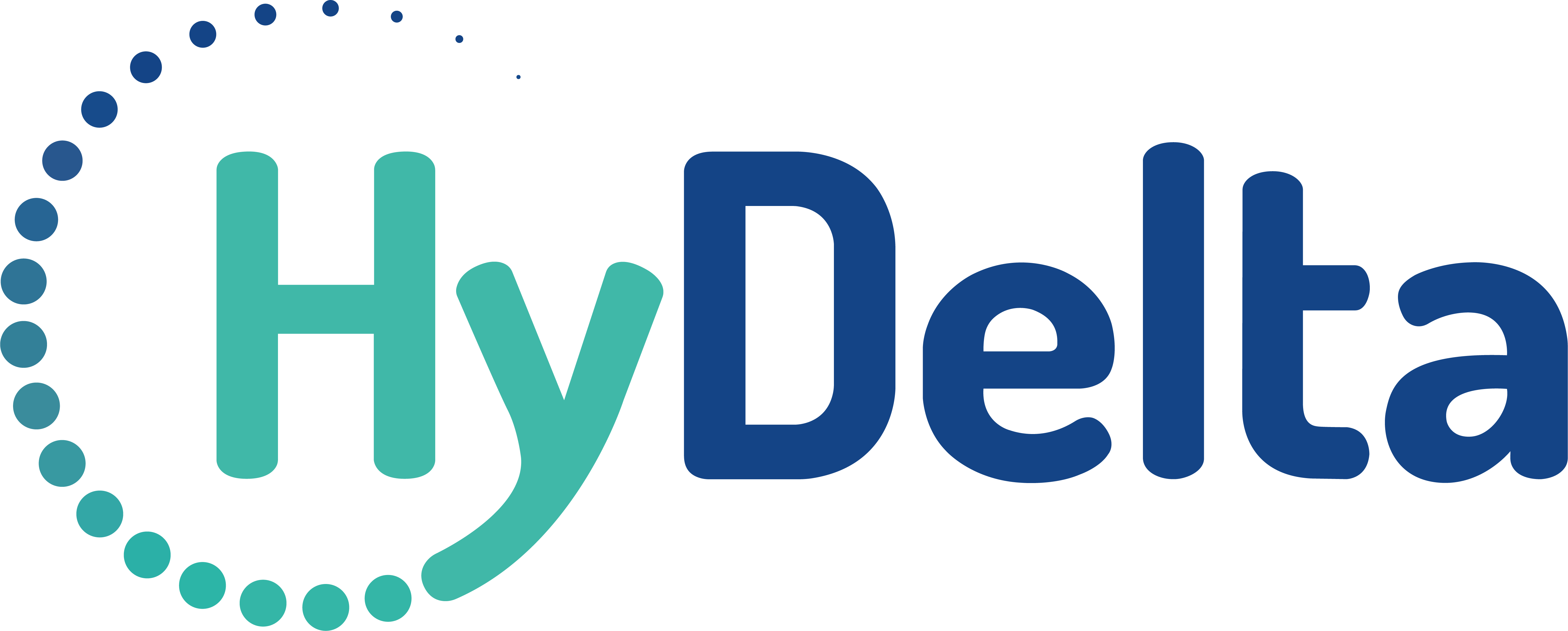Webinar 30 June: First Results HyDelta
10 juni 2021Update: deliverables 28 July
5 augustus 2021On 30 June, a Webinar was held to share the first results of the HyDelta project. About 200 people attended the webinar to learn more about the progress of the project in its first six months. In this recap you will find the full webinar to watch it once again, the presentation and Q&A’s collected from the audience during the webinar.

Q&A’s First Results Webinar
Difficult to prognose as of now because not everything in the energy system can be converted to hydrogen. The plan is to replace fossil fuels to the extent of the ambitions by the EU and the individual governments.
The purity considered for the purpose of WP1E is 100% H2. The maximum flow velocity is 60-70 m/s depending on what part of the system you are looking at. Anywhere between 2.8 and 3.5 times the “typical” flow velocities of natural gas.
It will depend on the pressure and flow of the electrolyser. Unfortunately, I am not familiar with this application.
50% funded by the National Dutch Government and 50% by Gasunie and Netbeheer Nederland.
Since this is a short project (<18 months), we chose to tackle first the most urgent questions related to NL. Furthermore, we have ongoing collaborations with projects in the US, the UK, and Germany, and are planning to expand our sphere of collaborations. We are actively engaging in discussions with potential partners and collaborators across Europe and internationally, partly because our project reports will be open to the public so we are disseminating the results to as many relevant stakeholders as possible.
The scope is meters for small consumers. In NL that means up to 40 m3/h. Since there are few rotary meters and no turbine meters in this class, we do not focus on these.
The measurements are (now) limited to valves in the TSO grid. The scope is valves < 16 bar. The aim is 1) to find a releation between leakages of natural gas and hydrogen and 2) to develop a method for measuring the leakage of existing (ball) valves in use.
Thanks for your feedback and question. Yes, for the purpose of the integrity issues scoped, we stop at the home flow meter, but look only at those issues relevant at each segment of the system.
I do not know exactly what aspect is at stake here, but it looks like your supplier is more concerned about acoustic-mechanical natural frequency coincidence at low frequencies (low velocity) than at high frequencies (high velocity). I will be in contact to have a discussion on this, thank you very uch for bringing it up.
The filters for WP1B specifically focuses on natural gas grids in gasstations. Fuel cells are not in any way part of WP1B.
In view of dust accidents in the national grids, the filters are mainly there to safeguard the gas to be clean. In normal operation, the gas is expected to be clean but when H2 flowing through our network in the future, the gas might be able to move old dust. This is the main reason for the investigation. If gas flows at higher velocities, will it be possible that it moves more dust as well.
That is indeed the case: GTS is thinking of a pressure range 30-50 bar.
We expect that every meter has a dust filter built in, as now is the case with ultrasonic meters. When strong fluctuations of flow in a gas grid occur, there is always a risk of dragging dust along with the stream, also with hydrogen.
The meters we surveyed so far are designed for only >98% H2 as fluid. But one of them can be switched from natural gas to hydrogen (and back).
